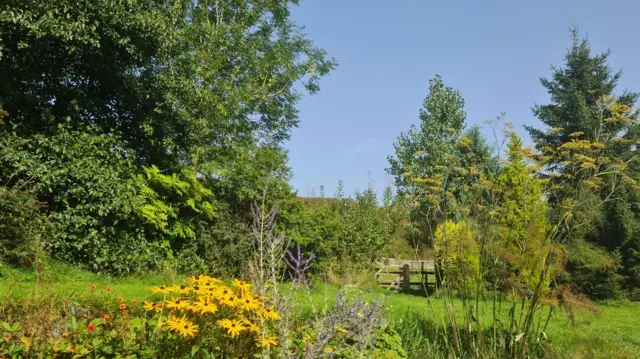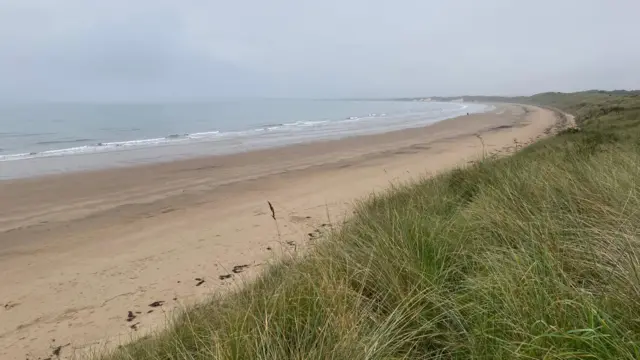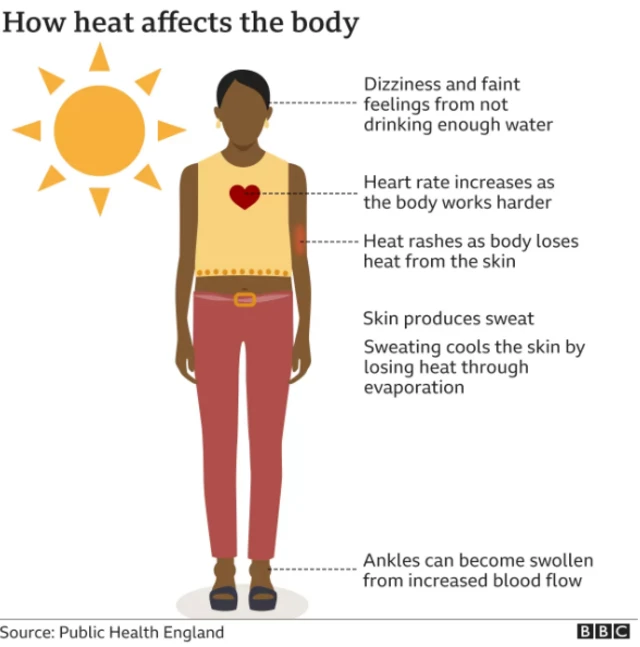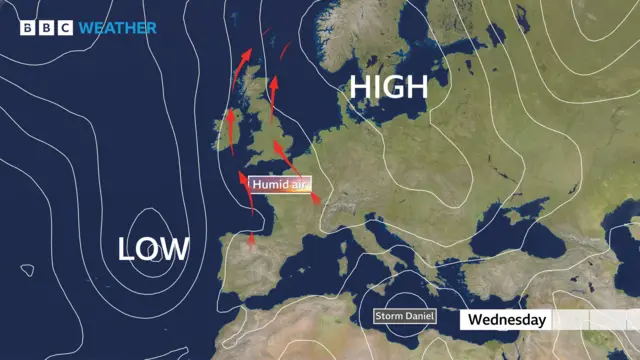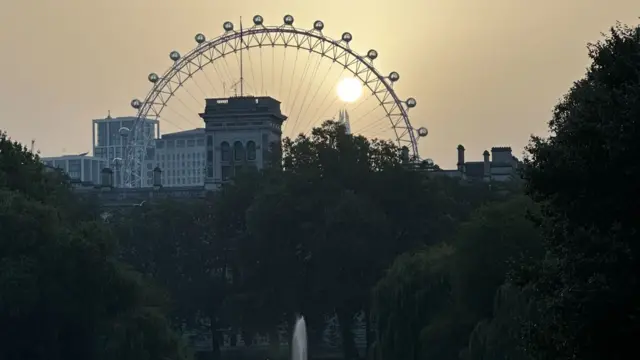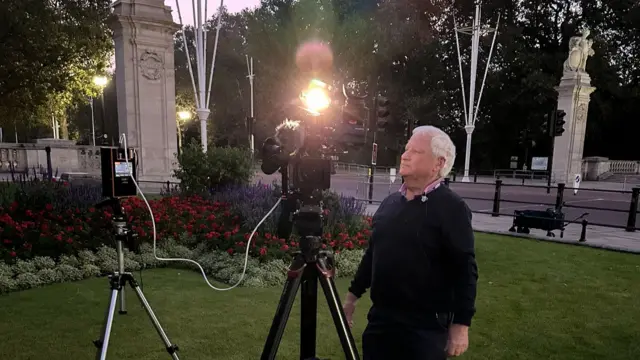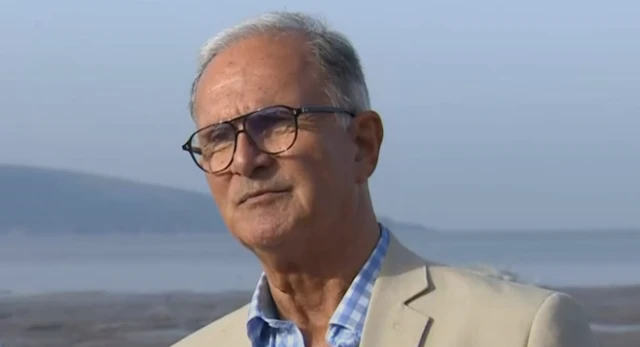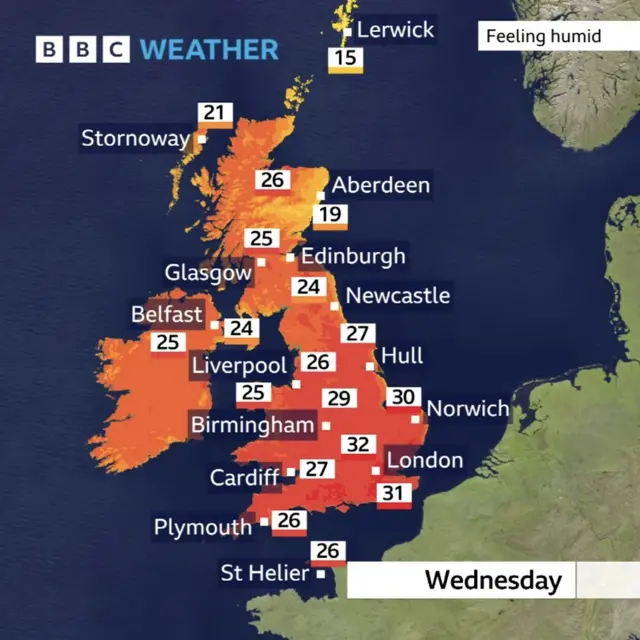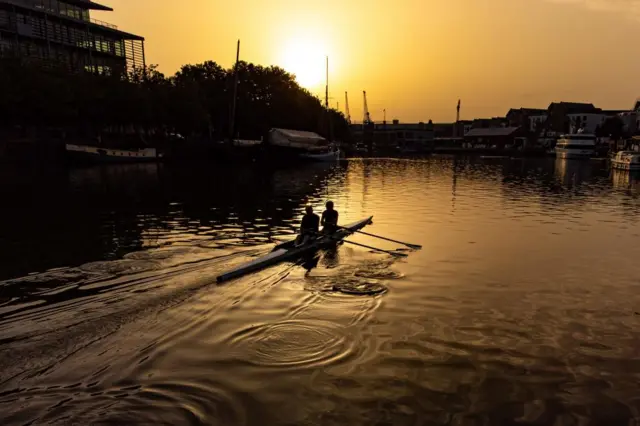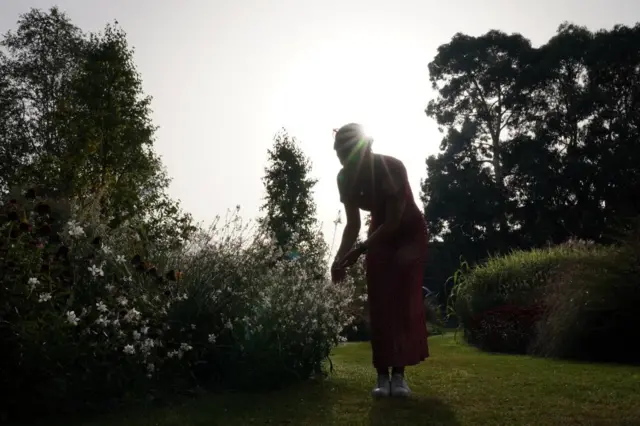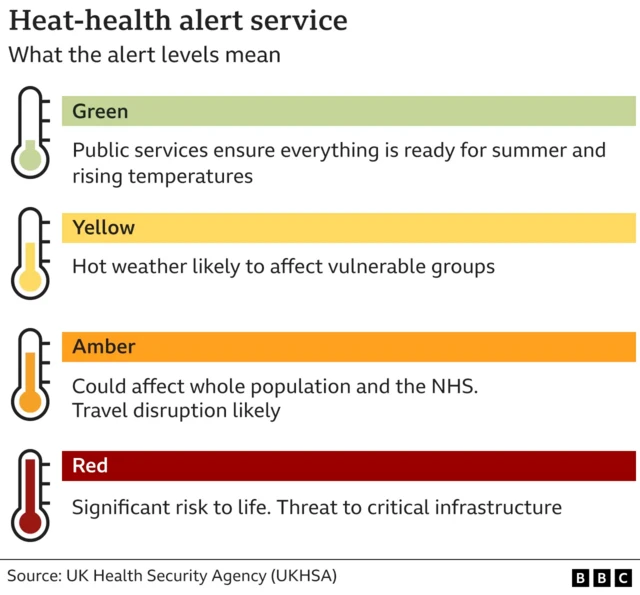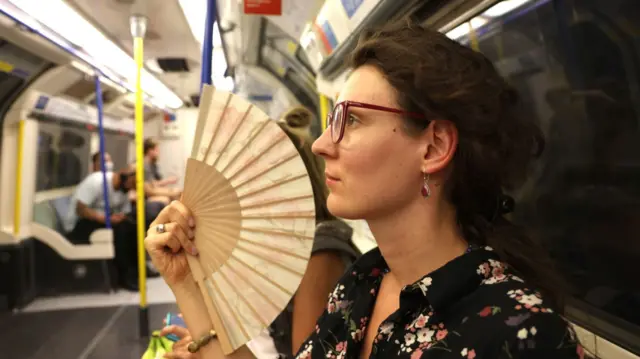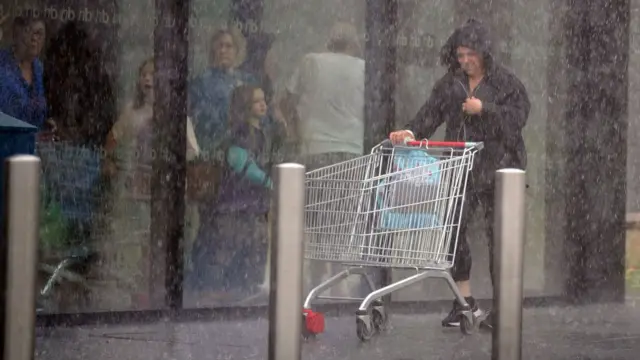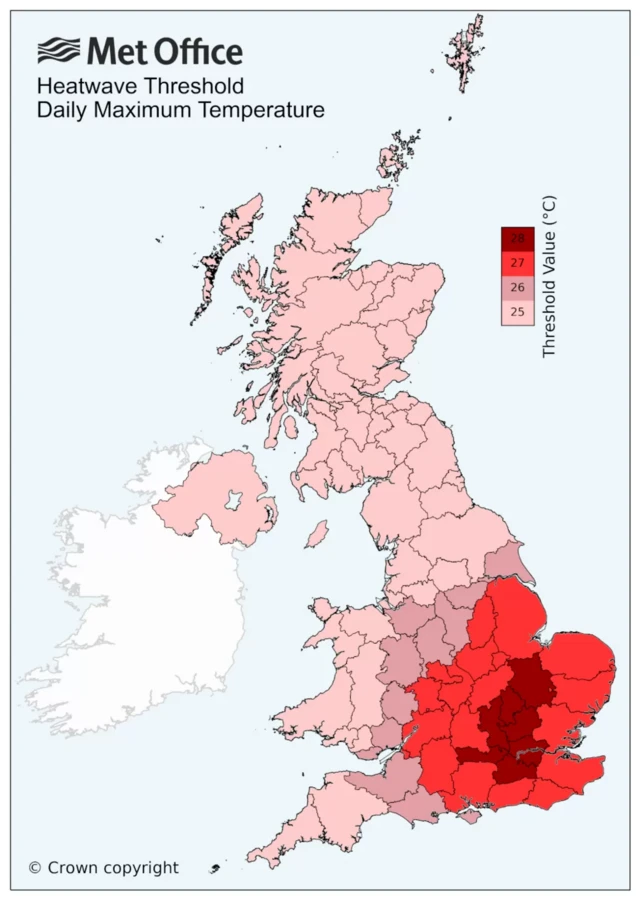What are the current heat records in the UK?published at 12:43 BST 6 September 2023
 Image source, EPA
Image source, EPAThere's been a lot of talk that this week could see the hottest day of 2023, and one of the hottest September days ever. So what are the current heat records in the UK?
The highest temperature of the year so far is 32.2C, recorded at Chertsey on 10 June and Coningsby on 25 June.
The highest ever temperature in September was recorded in 1906. The September record for the UK and England stands at 36.6C, on 2 September 1906 at Bawtry, Hesley Hall in South Yorkshire.
The hottest September temperatures of the other nations are:
- Wales: 32.3C on 1 September 1906 at Hawarden Bridge in Flintshire
- Scotland: 32.2C on 1 September 1906 at Gordon Castle in Moray
- Northern Ireland: 27.6C on 1 September 1906 at Armagh
